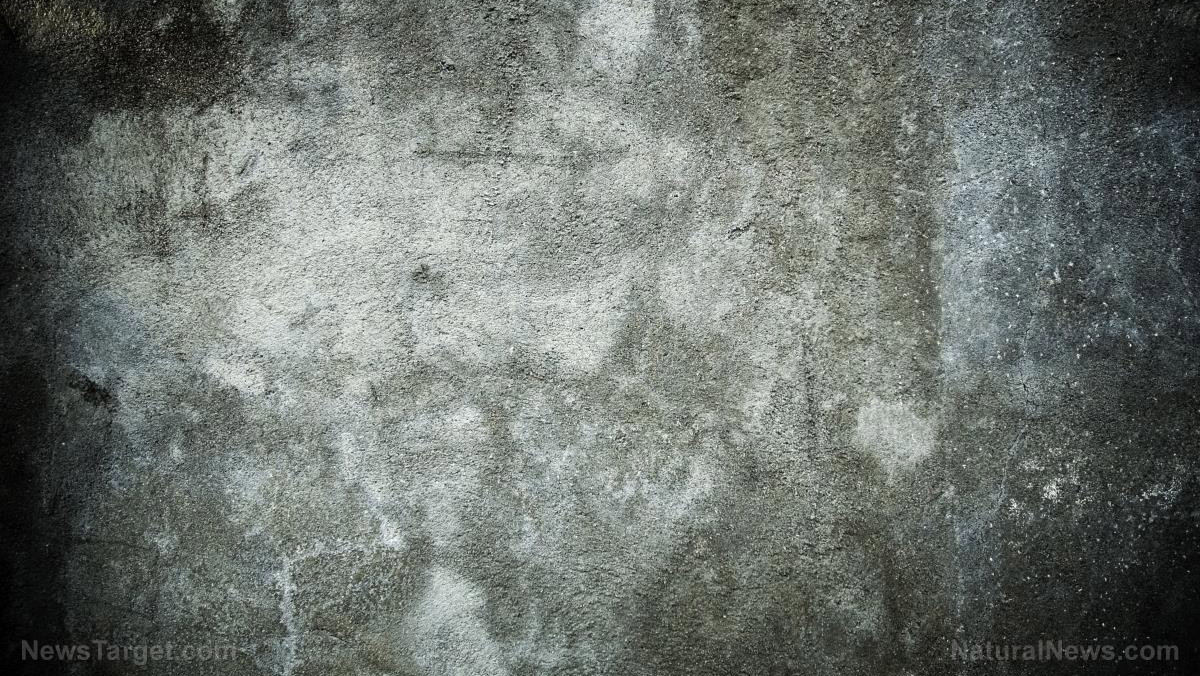Ultra-high performance concrete accidentally discovered when they added recycled, milled glass
03/10/2018 / By Edsel Cook

Lithuanian researchers have accidentally hit upon a winning recipe for cheap yet strong and environment-friendly building materials. By combining locally available resources and recycled materials – milled glass, to be precise – they’ve come up with ultra-high performance concrete (UHPC) that matches the strength of its regular counterparts at half the cost, reported an AlphaGalileo article.
When compared to normal concrete, UHPC has superior flexural strength, compressive strength, microstructure density, and durability. Its extended lifespan and high resistance to bending and crushing make it a very versatile building material.
Also called “reactive powder concrete,” it can replace reinforced steel in the architecture and machinery of nuclear power plants and other locations with “highly-aggressive” conditions. UHPC will not corrode like metals, so it doesn’t need steel I-beams and girders to support its own weight.
UHPC allows the construction of slender-looking yet rock-solid structures, cementing its popularity among architects and designers.
The new ultra-high performance concrete formula was concocted by researchers from the Kaunas University of Technology (KTU). Its first commercial use will be in a new model of Eurograde 3-rated safes produced by Lithuanian company Seifuva.
The strength of the new UHPC formula means the Seifuva strongbox can be built with thinner walls, a first in the history and market of world 3-rated safes. It is also water-resistant and fire-resistant.
“The qualities of our ultra-high performance concrete, which is used for wall filling, and the metal construction allow for the safe walls to be thinner,’ said KTU researcher Dr. Vitoldas Vaitkevičius, a member of the Faculty of Civil Engineering and Architecture Research group.

“This means that the final product is both lighter and cheaper,” he said.
Seifuva expected to market the concrete safe to customers around the world starting in July of this year. (Related: Intro to building your own solar-powered water heater.)
Researchers invented new UHPC formula by accident
Researchers admit that they came across their unique formula by accident.
“In our field of work, we are constantly trying to use recycled materials,” remarked Dr. Evaldas Šerelis regarding the unplanned but welcome result of several years worth of research.
“Once we tried to add milled glass into the concrete mixture and were surprised when the compressive strength of the concrete significantly increased,” he said.
According to Dr. Šerelis, the known alternatives to their concrete formula have a larger proportion of cement in their structure. They also don’t come from local areas and have to be imported from other regions or even countries.
The Portland Cement Association (PCA) defined UHPC as a blend of portland cement (which is made from limestone and clay), silica fume, quartz flour, fine silica sand, high-range water reducer, water, and fibers derived from either steel or organic materials.
The PCA explained that the mix derived its strength from a mix of fine powders (none larger than 600 micrometers) and chemical reactivity. UHPC is compact with small pores that don’t connect to each other.
The KTU formula for ultra-high performance concrete uses locally-resourced materials and recycled glass powder. Once it hardens, the new concrete demonstrates an incredibly dense structure that can resist water, chloride, and certain other chemicals.
“Our ultra-high performance concrete can be produced locally under usual circumstances from local and recycled materials. This results in cheaper production,” reported Dr. Šerelis.
The research team claimed a cubic meter of its ultra-high performance concrete sells from $246 to $320. Currently known UHPC alternatives cost up to twice as much as the Lithuanian-developed concrete.
Before Seifuva licensed the formula from the KTU researchers, their new UHPC was used for handmade business gifts and home accessories.
More articles on groundbreaking inventions can be found at Inventions.News.
Sources include:
Submit a correction >>
Tagged Under:
This article may contain statements that reflect the opinion of the author





















